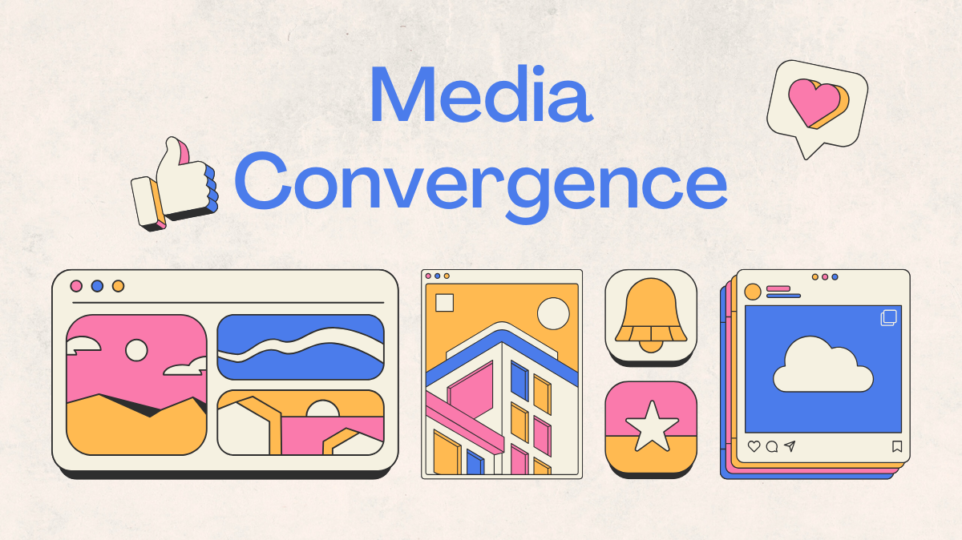The digital age has ushered in an era of media convergence, where traditional media forms like television and radio are increasingly blending with digital platforms and technologies. Telecom companies, with their vast networks and infrastructure, have become central players in this convergence, facilitating the distribution and consumption of content across various platforms.
The Evolution of Content Distribution
In the past, content distribution was primarily limited to traditional broadcast channels like television and radio. However, the advent of the internet and digital technologies has revolutionized the way content is created, distributed, and consumed. Telecom companies, with their extensive fiber-optic networks and wireless infrastructure, have played a crucial role in enabling this transformation.
Telecom as the Backbone of Content Delivery
Telecom companies provide the essential infrastructure for delivering content to consumers. Their networks serve as the backbone for streaming services, online gaming, and other digital applications. By investing in high-speed broadband and mobile networks, telecom companies ensure that content can be delivered seamlessly and reliably to users.
Convergence of Media Platforms
Telecom companies have been at the forefront of media convergence, collaborating with content providers to offer bundled services that combine traditional media with digital platforms. This has led to the emergence of platforms that offer a wide range of content, including television shows, movies, music, and games, all in one place.
The Rise of Over-the-Top (OTT) Services
OTT services, such as Netflix, Amazon Prime Video, and Hulu, have gained significant popularity in recent years. Telecom companies have often partnered with these OTT providers to offer bundled packages that include internet and streaming services. This has allowed them to tap into the growing demand for on-demand content and remain competitive in the market.
The Role of 5G Technology
The rollout of 5G networks is expected to further accelerate media convergence. With its ultra-low latency and high speeds, 5G will enable new forms of content delivery, such as virtual reality and augmented reality experiences. Telecom companies are investing heavily in 5G infrastructure to position themselves as leaders in this emerging technology.
Challenges and Opportunities
While media convergence presents numerous opportunities for telecom companies, it also poses significant challenges. The increasing competition from OTT providers and other digital platforms can put pressure on telecom companies’ revenue streams. However, by leveraging their infrastructure and partnering with content providers, telecom companies can continue to play a vital role in the digital age.
In conclusion, telecom companies have become central players in the convergence of media and digital content. By providing the essential infrastructure for content distribution and partnering with content providers, telecom companies are shaping the way we consume media in the digital age. As technology continues to evolve, we can expect to see even more innovative and integrated media experiences powered by telecom networks.


